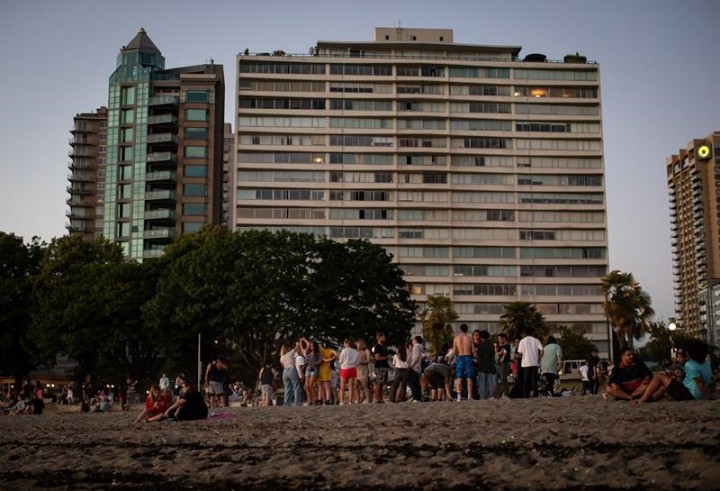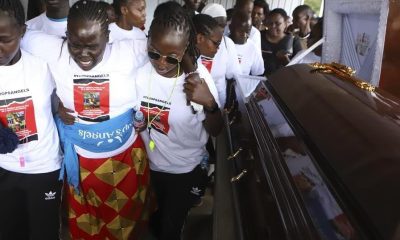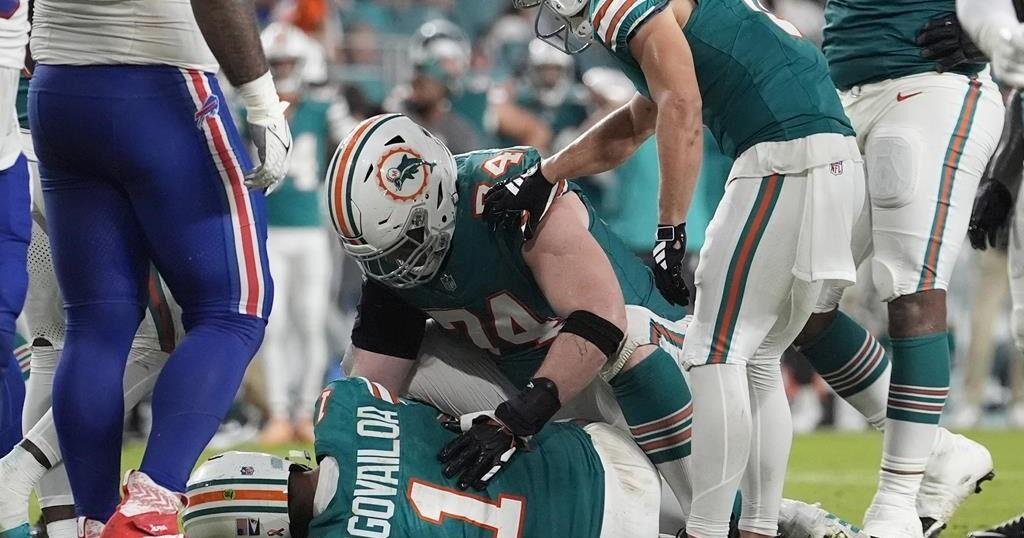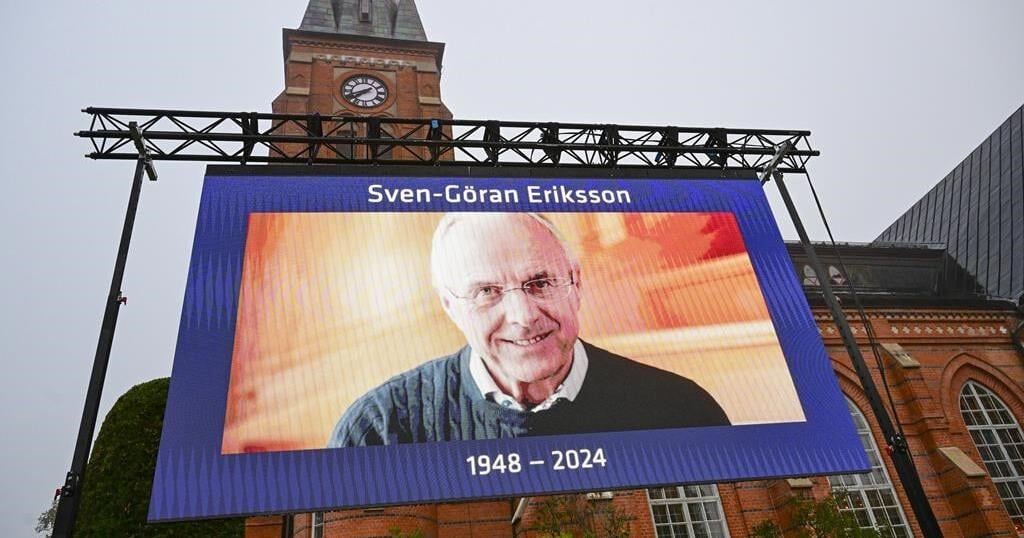Hundreds of people who perished during the historic heat wave in British Columbia last summer died in homes ill-suited for temperatures that spiked into the high 30s and beyond for days,a report by B.C.’s coroners’ service found this month.
It was hot outside, but inside it was often much hotter, with tragic consequences.
Of 619 deaths linked to the heat, 98 per cent happened indoors, the review from the coroners’ service shows.
Just one per cent of victims had air conditioners that were on at the time.
But one year on, experts caution that residents and policymakers need to think beyond air conditioning as the predominant solution to the risks as climate change fuels heat waves that scientists say are becoming hotter and more frequent.
“What I worry is that we’re talking about mechanical ventilation as this umbrella measure for all buildings, and that’s hugely problematic if that’s what we ultimately end up doing,” said Adam Rysanek, assistant professor of environmental systems in the University of British Columbia’s school of architecture.
“We’re going to get totally accustomed to this air-conditioned society,” with windows closed all year round, said Rysanek, director of the building decisions research group at the university.
Alternative answers can be found in how buildings and cities are designed, landscaped and even coloured, since lighter surfaces reflect more of the sun’s energy, he said.
Two thirds of those who died during the extreme heat last summer were 70 or older, more than half lived alone and many were living with chronic diseases.
Ryansek said it’s important to ensure such vulnerable people have access to air conditioningwhen temperatures become dangerously hot.
But many sources of overheating in buildings stem from design and performance, and focusing on air conditioning ignores proven solutions, he said.
City planners and the construction industry should adopt lighter coloured materials for buildings and even paved roadways, he said, in addition to adding shading to building exteriors.
“In the peak of the heat, a huge chunk of the cooling demand is coming from solar energy being received on the exterior of the building. Let’s reflect that away.”
Alex Boston, who served on the coroner’s review panel, said “underlying vulnerabilities” to dangerous heat are growing in B.C., and across the country, as a result of demographic change and how homes and communities have been built.
The numbers of people over 65 and people who live alone are on the rise, and both of those characteristics compound risk during extreme heat, said Boston, executive director of the renewable cities program at Simon Fraser University.
“On top of that, it’s solo seniors who have chronic illnesses, and then on top of that it’s seniors who have some form of material or social deprivation,” he said.
“That could be income, it could be the nature of their housing and the neighbourhood they live in that (could) have inadequate tree canopy. All of those factors come together and we have to work on many of them simultaneously.”
Failing to ensure that buildings are surrounded by trees to provide shade and evaporative cooling would be “shooting ourselves in the foot in terms of the energy load and the cooling demand of a building in the future,” said Ryansek, calling for “very robust” requirements for vegetation and landscaping to mitigate extreme heat.
Metro Vancouver is aiming to increase its urban tree canopy to 40 per cent by 2050, up from an average of 32 per cent across the region, although a 2019 report noted the existing canopy was declining due to urban development. The goal for the City of Vancouver, specifically, is to increase the canopy from 18 to 22 per cent.
Boston said there are significant co-benefits to many of the measures to improve heat resiliency, such as the restoration of urban tree canopies.
Trees and vegetation help reduce flood risk, he said, and neighbourhood parks serve as social hubs that can ease social isolation and foster a sense of community.
“We have complex problems, and if we only look at one isolated component, we don’t maximize benefit from solving these problems in an integrated manner,” Boston said.
For instance, Boston’s organization is working on a project on Vancouver’s north shore to consider how social service providers could help older single people manage secondary suites in their homes, an approach he said could ease housing unaffordability while mitigating risks stemming from living alone during extreme heat.
“We have to multi-solve,” Boston said.
Meanwhile, a 2020 survey and report from B.C.’s hydro and power authority found residential air-conditioning use had more than tripled since 2001.
Many residents were adding an average of $200 to their summer bill by using air conditioning units inefficiently, with nearly a third of survey respondents setting the temperature below 19 C. Popular portable units use 10 times more energy than a central air-conditioning system or heat pump, the report said.
Globally, the International Energy Agency projected in 2018 that energy demand from air conditioning would triple by 2050.
Continuing on that path would make it difficult for governments to achieve greenhouse gas reduction targets to mitigate climate change, Rysanek said.
“If we exacerbate this problem … the building development costs are a drop in the bucket with regards to the climate impacts we’re going to be facing,” he said.
The B.C. government should incentivize non-mechanical cooling options to spur their adoption in homes and commercial buildings, he said, pointing to measures such as natural ventilation, ceiling fans and radiant cooling built into floors or ceilings, all of which would cool residents before turning on an air conditioner.
“We should be encouraging our policymakers to realize there’s a big world out there of alternatives. We might not have the suppliers here yet in B.C., but it’s a great opportunity for business,” Rysanek said.
Companies all over the world have been deploying these cooling alternatives in Europe, in Asia and elsewhere, and “we should try to invite them here so that we learn about these things, as a public, as consumers,” he said.
The coroner’s report calls on B.C. to ensure the 2024 building code incorporates passive and active cooling requirements in new homes, along with cooling standards for renovating existing homes, and to make sure “climate change lenses” are adopted in regional growth strategies and official community plans.
It also recommends that the province consider how to issue cooling devices as medical equipment for those at greatest risk of dying during extreme heat.
Public Safety Minister Mike Farnworth has said the government would consider the report and “take necessary steps to prevent heat-related deaths in the future.”
It’s difficult to predict how often B.C. might see a repeat of last summer’s highest temperatures, but climate change is undoubtedly causing heat extremes to increase in frequency and magnitude, said Rachel White, an assistant professor in the department of earth, ocean and atmospheric sciences at the University of B.C.
“When we have a normal heat wave in the future, it will be hotter than we’ve been used to,” she said.
A heat dome refers to a region of high pressure that settles in place as temperatures below get hotter, White explained.
These regions sometimes become “quasi-stationary,” depending on factors such as the strength of winds circulating high in the atmosphere, she said.
As the heat dome blanketed B.C. last year, its effects were amplified by soil that was already stricken by drought, lacking moisture that would evaporate and help cool the land during the long summer days with clear skies, she said.
Earth’s “atmosphere is not in equilibrium,” White warned, “and the longer we continue to put out these greenhouse gases, the more and more warming we’re going to see.”
“We need to act now if we don’t want it to be dreadful in 40, 50 years’ time.”
This report by The Canadian Press was first published June 25, 2022.
Brenna Owen, The Canadian Press
Related
































